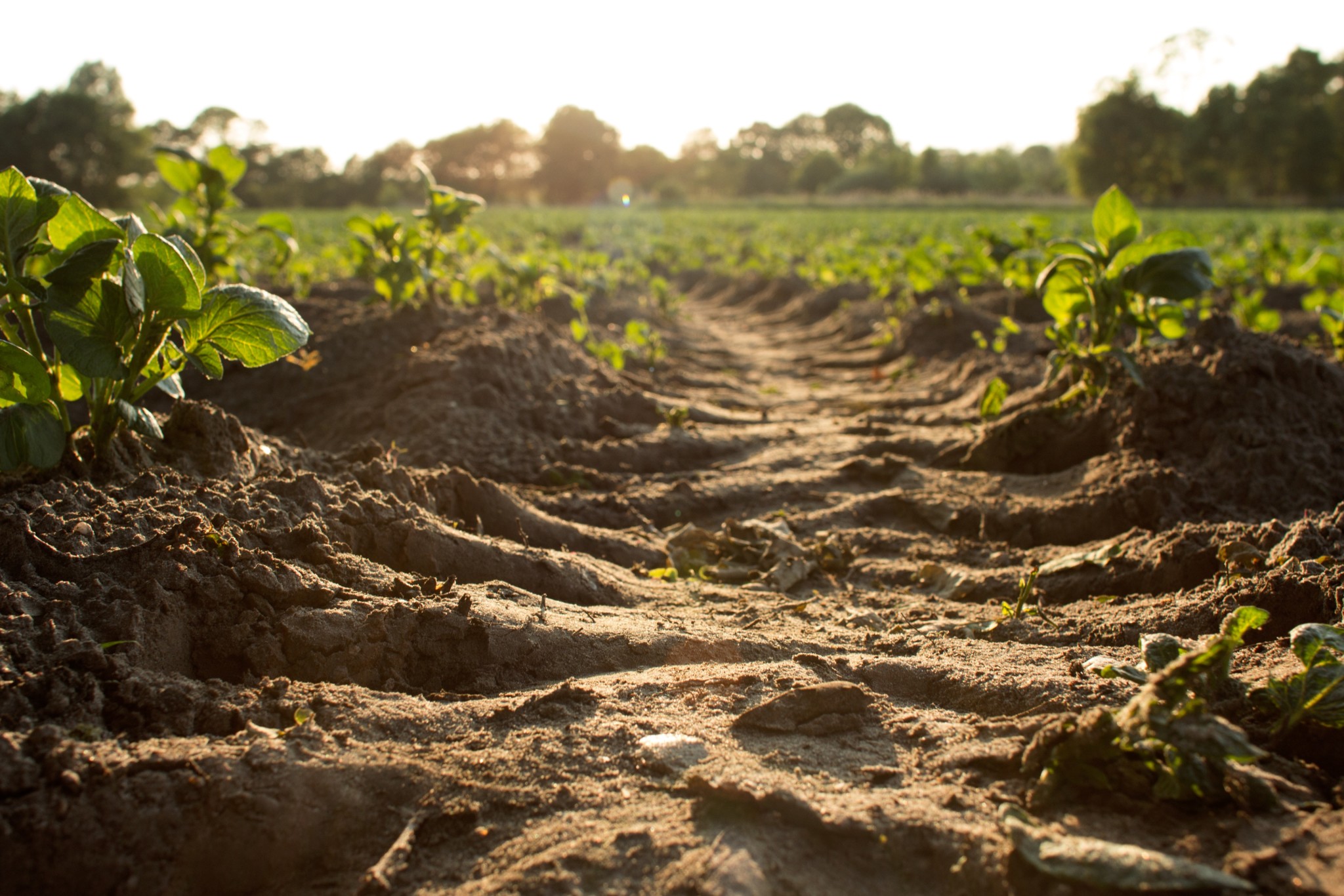
Climate change is impacting some of agriculture’s top pollinators: the bees. One-third of all crop production in the U.S. requires pollination, but in the shadow of climate change, pesticide use, and habitat loss, up to one-third of all honeybee colonies in the U.S. have vanished. One solution that could lessen the impact of climate change now and also in the future is regenerative agriculture.
Written by Greg Long, Glorybee
Climate change has had a major impact on agriculture including changes in rainfall, average temperatures, changes in pests, and climate extremes like heat waves. These changes make it more difficult to grow crops. It also affects the nutritional value of the crops that are able to grow.
What’s more, climate change is also impacting some of agriculture’s top pollinators: the bees. One-third of all crop production in the U.S. requires pollination, but in the shadow of climate change, pesticide use, and habitat loss, up to one-third of all honeybee colonies in the U.S. have vanished.
One solution that could lessen the impact of climate change now and also in the future is regenerative agriculture. Regenerative agriculture is a holistic land management practice aimed at rejecting pesticides and artificial fertilizers as a way to increase biodiversity, improve water cycles, and regenerate the Earth’s topsoil. Bees are an essential part of that story.

“Regenerative agriculture keeps the natural cycles health, like water and carbon,” said Dr. Tim LaSalle, the co-director of the Regenerative Agriculture Initiative at California State University Chico, “so the land can keep growing food and keep carbon and the climate in balance.”
The Earth’s topsoil has seen massive losses due to erosion, chemical intensive agriculture, and poor soil management. In fact, if the current rate of soil degradation continues, the world’s topsoil could be gone in just 60 years.
Regenerative agriculture creates new topsoil by using no or minimum tilling, using cover crops, diverse crop rotations, and using compost and manure to boost soil fertility. It also relies on building ecosystem diversity and soil biology, and uses animal grazing practices to improve soil fertility and plant growth.

Dr. Appachanda Thimmaiah, a regenerative agriculture expert at Maharishi University of Management, says that regenerative agriculture is meant to mimic nature.
“It’s how nature would farm,” Thimmaiah said. “It’s about how our actions can bring incremental improvements in soil health, water conservation, biodiversity, locally appropriate systems and nutrient density.”
It isn’t enough to reduce carbon emissions to fight climate change, says Andre Leu. Ley is the president of the International Federation of Organic Farming Movements. “We must draw down hundreds of billions of tons of carbon to succeed, and restoring our soil is one of the known pathways to do this.”
NOTE: Greg Long of Glorybee has nearly completed his three-year journey to becoming a Master Beekeeper. He’s currently enrolled in Master Beekeeping apprentice classes through the Oregon State Master Beekeepers’ Program. With the help of his mentor, Greg has honed his beekeeping skills and raised a hive of healthy, happy bees.